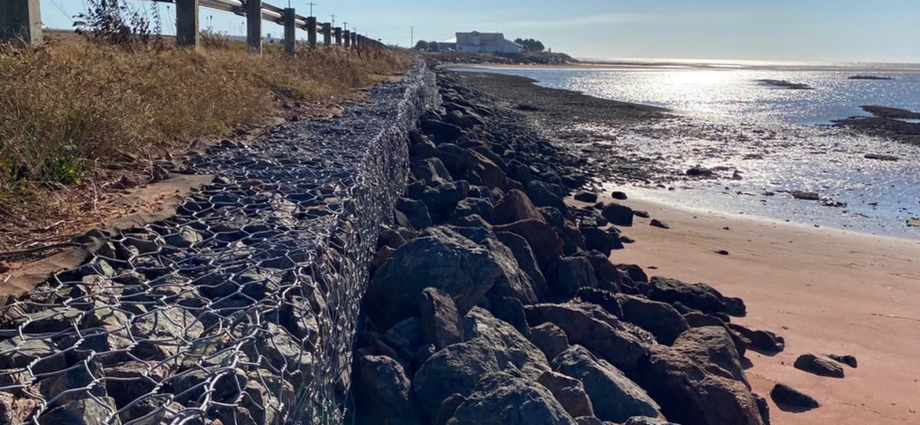
By Yutaro Sasaki, Local Journalism Initiative Reporter, The Guardian
January 8, 2024
During a natural disaster or severe weather, Prince Edward Island’s Department of Infrastructure and Transportation is responsible for the repairs.
Stephen Yeo, chief engineer for the province, says the task is a true team effort.
“I have a lot of engineers that look after the road work. In a major storm event, if it’s associated with tidal flooding or coastal flooding, and a bridge or a road might be affected, the staff go out and inspect it to make sure it’s safe to drive on,” he said during an interview Dec. 16 with The Guardian.
CLIMATE CHANGE
Approximately 14 years ago, Yeo noted the province began factoring climate change when engineering new infrastructure projects.
“We looked at bridge structures, and we know that the rainfall intensities have increased, as far as doing the calculations for runoff goes,” he said.
However, Yeo noted that the federal government compiles no rainfall intensity curves for P.E.I.
When Yeo and the province began to work on bridges, he noted that they were made to be built three-quarters of a metre higher than they are today.
“With the last couple of major storms, Fiona and Dorian, we had coastal erosion and inland flooding. We’ve been protecting our coastline where we have roads probably for the last 15 years,” he said.
EROSION
In a statement to The Guardian on Dec. 18, Peter Nishimura, manager of climate adaptation at Environment, Energy and Climate Action, explained how climate change affects the landscape on P.E.I.
Erosion is a natural process that can gradually wear away coastal features like cliffs and banks, he said.
“During severe weather events, when water levels are higher and waves are more forceful, it’s not uncommon for more dramatic erosion to occur within a relatively short amount of time,” he stated.
As the province expects further climate changes, Nishimura believes intense weather events in the future will flood and erode areas where these episodes may not have occurred before.
“It’s important that our infrastructure, our homes, and our businesses are located out of these hazardous areas in order to reduce our risk,” he stated.

PAST PROJECTS
Due to coastal erosion, Yeo noted that the south side of Panmure Island was heavily damaged in 2009.
“We lost dunes and had erosion right up to the causeway itself. We did a large project with imported armour stone, which protected that side of the causeway for many years,” he said.
However, when the hurricane-force winds of Fiona affected the province in 2022, the north side of Panmure Island was left damaged.
“We’ve done a project two years ago to strengthen that side as well. So that’s been ongoing,” Yeo said.
CHALLENGES
With Prince Edward Island being made up of sandstone there are added challenges for Yeo and his staff.
“It’s certainly challenging. We have to import a lot of base gravel. We can’t use our natural stone, which is sandstone,” he said.
Although the province uses larger sandstones boulders for shoreline protection, these stones must have a certain hardness to ensure they don’t erode right away.
“Even though it falls apart or disintegrates in 10 years, it provides beach nourishment when it breaks down into sand. But it’s certainly challenging to make the roads strong and the rock strong enough to protect our coastlines,” Yeo said.
Subscribe to our newsletter.
Yutaro Sasaki is a Local Journalism Initiative reporter, a position funded by the federal government. He can be reached by email at ysasaki@postmedia.com and followed on Twitter @PEyutarosasaki.

